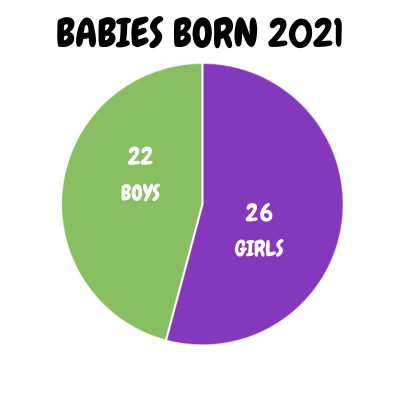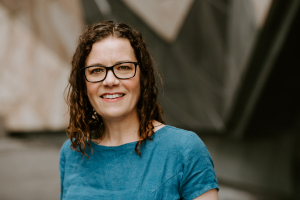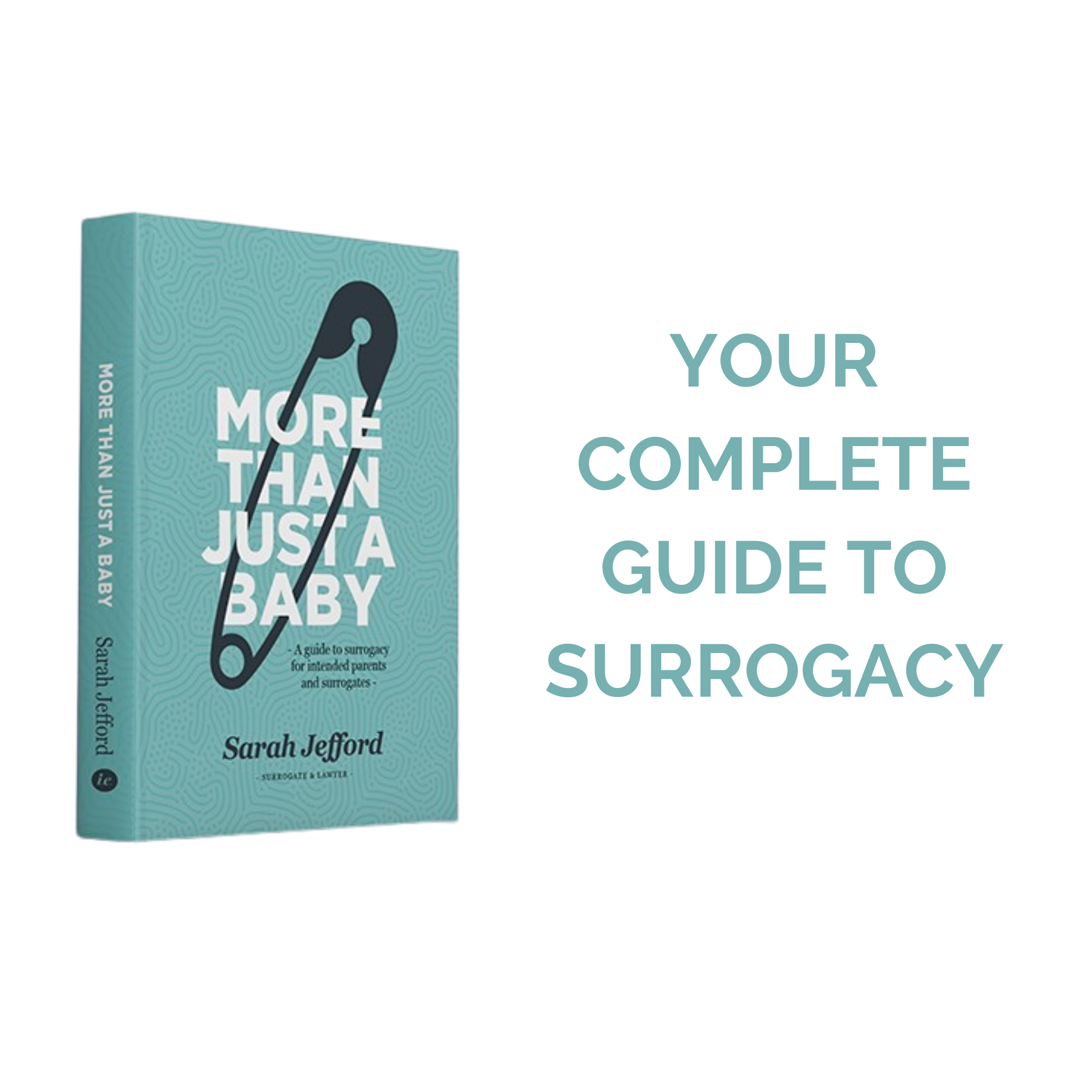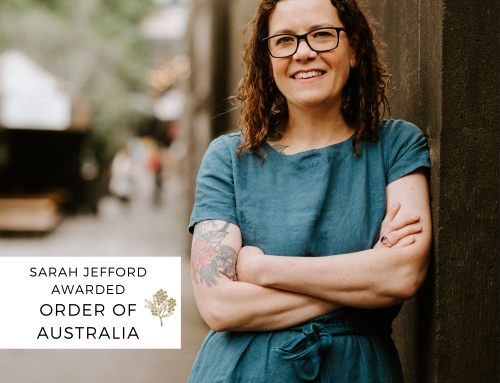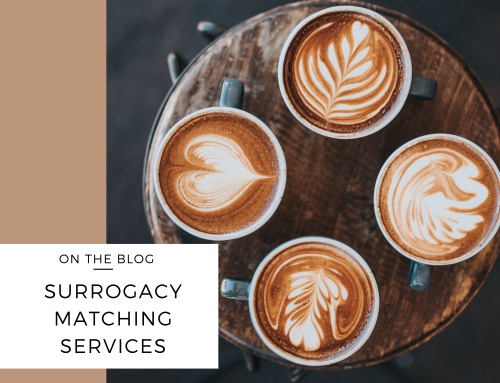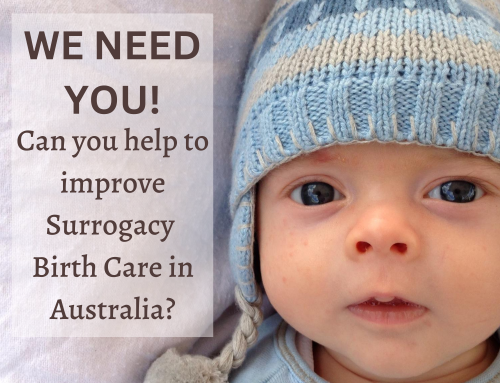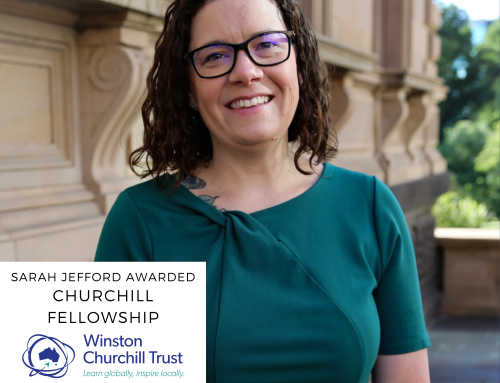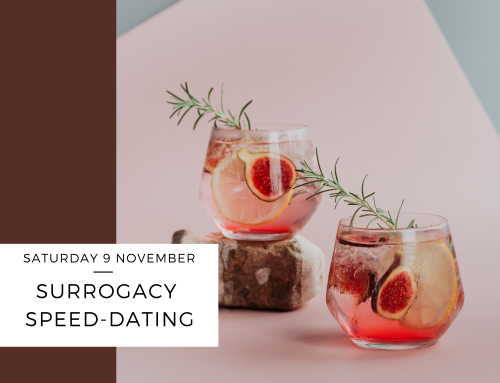This article is about 2021 surrogacy statistics; if you are looking for more up-to-date 2021 and 2022 updates, you can read information and statistics about surrogacy in 2021 and 2022, and also about the babies born via surrogacy in Australia in 2022.
Each year, I gather surrogacy statistics for arrangements across Australia, because deep down I am a nerd and I secretly love statistics (this will surprise my high school maths teacher).
The surrogacy community often asks me about surrogacy in Australia, including how to find a surrogate, is it really possible to do surrogacy in Australia, and how many arrangements are traditional surrogacy versus gestational surrogacy? And how many babies are born through surrogacy every year?
The surrogacy statistics here are only based on my own data gathering during 2021, which means it only reflects my clients.
Surrogacy statistics for arrangements, state by state.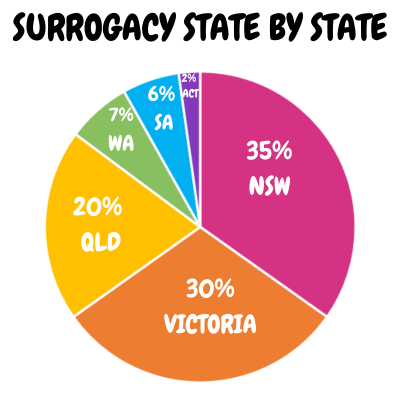
Of 141 surrogacy arrangements across Australia in 2021, 49 (35%) involved intended parents from New South Wales. 43 (30%) of intended parents come from Victoria; 28 (20%) from Queensland, 10 (7%) from Western Australia, 8 (6%) from South Australia and 3 (2%) from the ACT.
The distribution between the states is similar to the Australian population distribution.
You can read more about the state surrogacy laws, including the laws in your state.
Gestational or Traditional Surrogacy?
Gestational surrogacy involves a surrogate who conceives with an egg from someone other than herself – a donor, or one of the intended parents. Traditional surrogacy involves a surrogate who conceives with her own egg. In some parts of the world, traditional surrogacy is quite popular, including in the UK. In other parts of the world, particularly in the USA, gestational surrogacy is much more common and traditional surrogacy is rare.
In Australia, it is not surprising that gestational surrogacy is more popular now that we have IVF treatments that allow intended parents to create embryos with their own eggs, or that of a donor. And there are some restrictions – in the ACT, only gestational surrogacy is allowed, and in Victoria it is more difficult to proceed with traditional surrogacy if you need an IVF clinic (you can do it without an IVF clinic).
We estimate that around 1-2 in every 10 surrogacy arrangements involve traditional surrogacy – somewhere between 10 and 15%. Of my 2021 figures, 14 involved traditional surrogacy and the remaining 121 involved gestational surrogacy. Sometimes arrangements make the switch from gestational to traditional (including my own!).
How do surrogates and intended parents find each other?
Well of course this is one of the very first questions anyone will ask when they are exploring surrogacy. Particularly for intended parents, they want to know whether surrogacy in Australia is a viable option if they don’t have a family member or friend who can offer.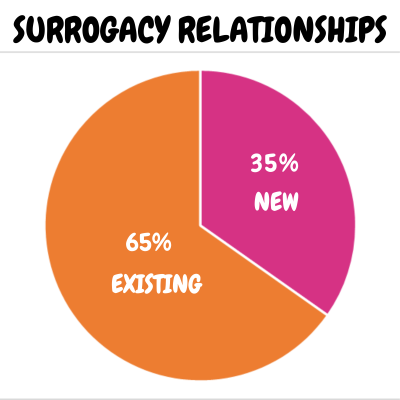
There are many ways that intended parents find a surrogate, and not just within their immediate family – although that is most common. I have clients who met their surrogate through work, reconnected with high school friends, at school pick-up and through mutual friends. The tricky part, for everyone, is finding the courage to tell their story so that people know they need and are looking for a surrogate. Surrogates often report that they want to be a surrogate but didn’t know anyone close to them that needed a surrogate. So, for intended parents who are reading this – have you shared your story and let people know that you’re looking for a surrogate?
Over half – 65% – of my surrogacy arrangements in 2021 came to be through existing relationships. So it’s worth getting your story out there and talking to your family and friends – and asking them to consider talking about it with their networks. You never know, a potential surrogate might just be your next door neighbour.
The other good news is that many connections are ‘new’ relationships, and many of these happen on social media – a huge 35% of the overall tally. So if you can’t find someone within your own networks, it is worth joining the social media groups, attending meet-ups and getting to know other intended parents and surrogates. If you build your network, you also build your cheer squad, and one of the squad might end up being your surrogate.
Is it easier for gay couples or straight couples to enter a surrogacy arrangement?
There are many reasons why and how we come to surrogacy, and for the most part it is couples and not singles who proceed with surrogacy. This might be changing – a few single parents-to-be are entering surrogacy arrangements and you may 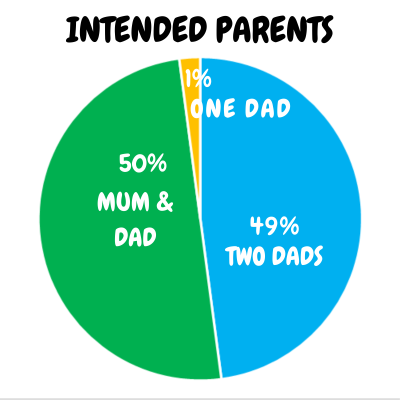 have heard about single dad Shaun in the news recently.
have heard about single dad Shaun in the news recently.
It is difficult to know all the factors that lead people to decide on surrogacy within Australia, but perhaps marriage equality has sparked an increase in gay couples seeing themselves as a family with children.
Is it a surprise then to discover that the distribution of intended parents is basically equal? Half of my surrogacy arrangements in Australia in 2021 involved two dads, and the other half involved a mum and dad couple. Only a few represent the singles for the year.
There are no legal restrictions on anyone entering a surrogacy arrangement in Australia, except in Western Australia where gay male couples and single men are prohibited from doing so (angry emoji!). We are forever hopeful that this will change in 2022.
How many surrogacy babies are born each year?
There is no central register for surrogacy births, so any data we have is based on the statistics recorded by the Australia New Zealand Reproductions Database. We estimate there to be around 100 surrogacy births in Australia each year. More information about that is contained in this post.
From the 48 babies born that I know of directly, the split between boys and girls is, as expected, close to equal. It was 50:50 for a few weeks, but we’ve had a surge of girl babies recently so that has tilted the scale slightly. And this record does not include babies born after mid December.
Future statistics
Is there anything I’ve missed? What would you like to know about surrogacy that I might be able to extrapolate from my data next year?
Has all of this got you inspired? You can find out how to become a surrogate yourself. And if you’re new to surrogacy, you can download the free Surrogacy Handbook which explains the processes and options.
I have published a book, More Than Just a Baby: A Guide to Surrogacy for Intended Parents and Surrogates, the only guide to surrogacy in Australia.
Looking for a surrogate and not sure where to start? We Need a Surrogate – What’s Next? And if you have a surrogate or intended parents, you can get started on the surrogacy process.
You can read a broad overview for surrogacy in Australia and how it works.
And don’t forget to listen to episodes of the Surrogacy Podcast. You can also book in for a consult with me below, and check out the legal services I provide.


